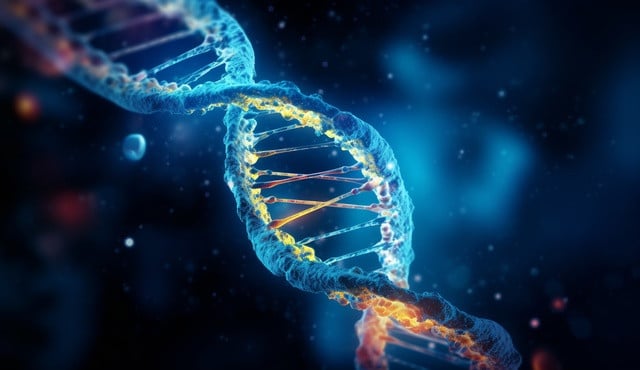Big News in Genetics! Japanese Scientists Remove the Extra Chromosome Causing Down Syndrome

How does the CRISPR Down Syndrome breakthrough work to remove the extra chromosome 21?
We are closer than ever to a world where a genetic condition affecting one in every 700 babies could be addressed at its core.
Scientists in Japan have taken a bold step toward making this a reality. They’ve used a powerful tool called CRISPR to tackle Down syndrome, a condition caused by an extra chromosome.
This discovery could change lives, but what does it mean, and how does it work? Let’s dive into this exciting science.
What Is Down Syndrome and Why Is This Research Important?

Down syndrome, also called trisomy 21, happens when a person has three copies of chromosome 21 instead of two.
This extra chromosome affects how the body and brain develop, leading to challenges like learning difficulties, heart issues, and a higher risk of Alzheimer’s disease.
About 6,000 babies are born with Down syndrome each year in the United States alone. Until now, there’s been no way to treat the root cause—the extra chromosome.
Japanese researchers, led by Ryotaro Hashizume at Mie University, have used CRISPR-Cas9, a gene-editing tool, to remove the extra chromosome 21 from lab-grown cells.
This is the first time scientists have successfully done this with such precision. By targeting specific DNA sequences, they ensured only the extra chromosome was removed, leaving the other two intact.
This is a big deal because it restores normal gene activity and cell function, which could one day help improve health outcomes for people with Down syndrome.
How Does CRISPR Work in the Down Syndrome Breakthrough?

CRISPR-Cas9 acts like a pair of molecular scissors. It finds a specific spot in the DNA and cuts it. In this study, the scientists designed CRISPR to target unique sequences on the extra chromosome 21.
When the chromosome is cut, it becomes unstable and is lost during cell division, leaving cells with the normal two copies. The team tested this on stem cells and skin cells from a person with Down syndrome, achieving success rates of up to 37.5%.
After removing the extra chromosome, the cells showed normal growth, better survival, and less stress from harmful molecules called reactive oxygen species.
However, this method isn’t perfect yet. Some cells still had unintended changes, and the technique only worked in lab-grown cells, not in living people.
The researchers are working to make it safer and more effective, especially for cells like brain cells that don’t divide often.
What’s Next for This Research?

This breakthrough is exciting, but it’s not ready for hospitals yet. The study was done in a lab, and scientists need to test it in more complex models, like tissues or animals, to ensure it’s safe.
There are also ethical questions. Some people worry that editing genes could lead to viewing Down syndrome as something to “fix,” when many individuals with the condition live fulfilling lives. Others see this as a way to improve health without changing who a person is.
The future could bring therapies that target specific cells, like those in the brain or heart, to reduce health risks. While it’s too early to call this a cure, it’s a promising step toward understanding and managing Down syndrome better.
More research will help answer whether this can be used safely and effectively in people.
For now, this work shows the power of science to tackle big challenges and offers hope for families affected by Down syndrome.
You might also want to read: A Woman With a Womb Transplant Gave Birth to a Perfectly Healthy Little Girl


